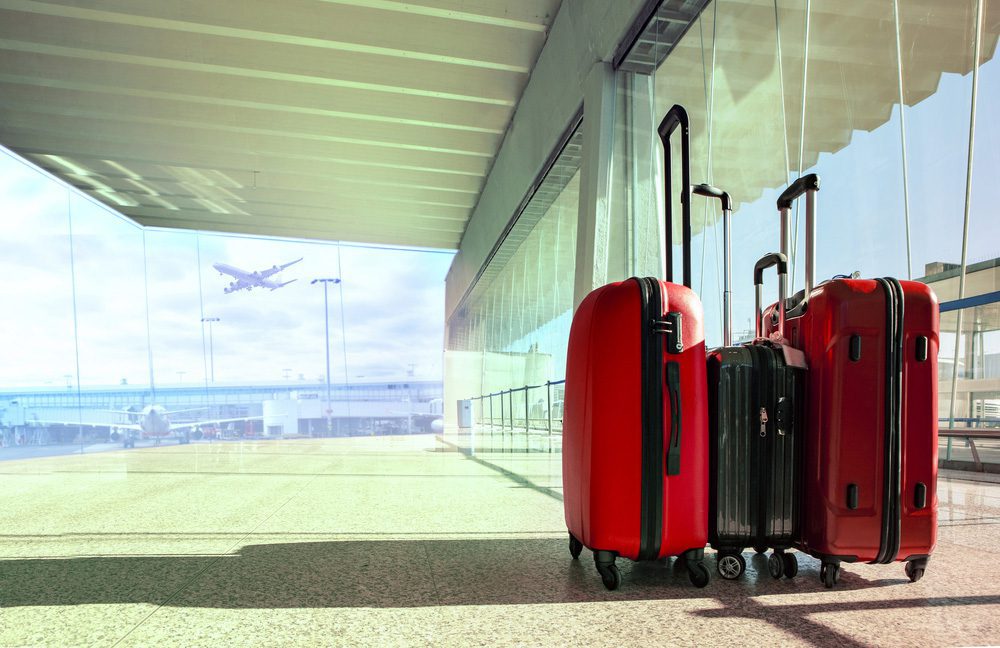If you’re only going on a short trip, carry-on luggage is fine, Either you want to check a super-modern hard-shell spinner case, a traditional fabric case, or a big old backpack, you should do your research to find the best size, shape, and style of luggage for your next trip.Most of the time, checked luggage is bigger, bulkier, and harder to carry than cabin luggage. The type of checked luggage you can use on an airplane will depend on how you get it to and from the airport and on the weight and size limits of the plane itself.
Size
 Carry-on luggage is easy to move around, but it might not have enough space for longer trips. If you’re going to check your bags this time, buy yourself one of those bigger ones you’ve been wanting.
Carry-on luggage is easy to move around, but it might not have enough space for longer trips. If you’re going to check your bags this time, buy yourself one of those bigger ones you’ve been wanting.
Most companies make cases, backpacks, and bags in different sizes, so you could even spend a few dollars on a set that goes together. Keep in mind that medium-sized cases are easier to move than large ones (and lighter, too).
Big suitcases are hard to move around the airport, and each airline has rules about the size and weight of the bags they’ll accept. Check with the airline before you fly to find out what their rules are.
Hot Tip: Most domestic and international carriers have a maximum size limit of 62 linear inches for bags.
Weight
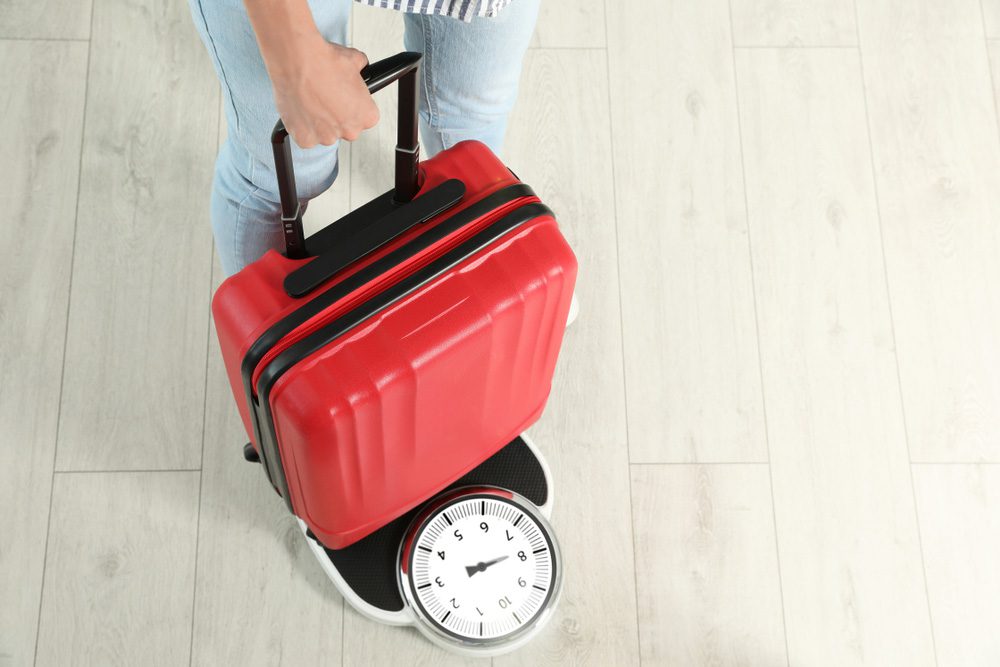 Don’t be that person at the check-in counter who unpacks their too-full suitcase to make it lighter. Before you fly, check with your airline to find out how much weight your checked bags can carry. Most airlines have extra fees for bags that weigh more than 50 pounds (or may even refuse them at check-in).
Don’t be that person at the check-in counter who unpacks their too-full suitcase to make it lighter. Before you fly, check with your airline to find out how much weight your checked bags can carry. Most airlines have extra fees for bags that weigh more than 50 pounds (or may even refuse them at check-in).
If you check more than one suitcase at a time, you may be able to go over the weight limit, but you will usually have to pay extra for this (and not every airline on every route will offer this service).
Backpack vs. Suitcase
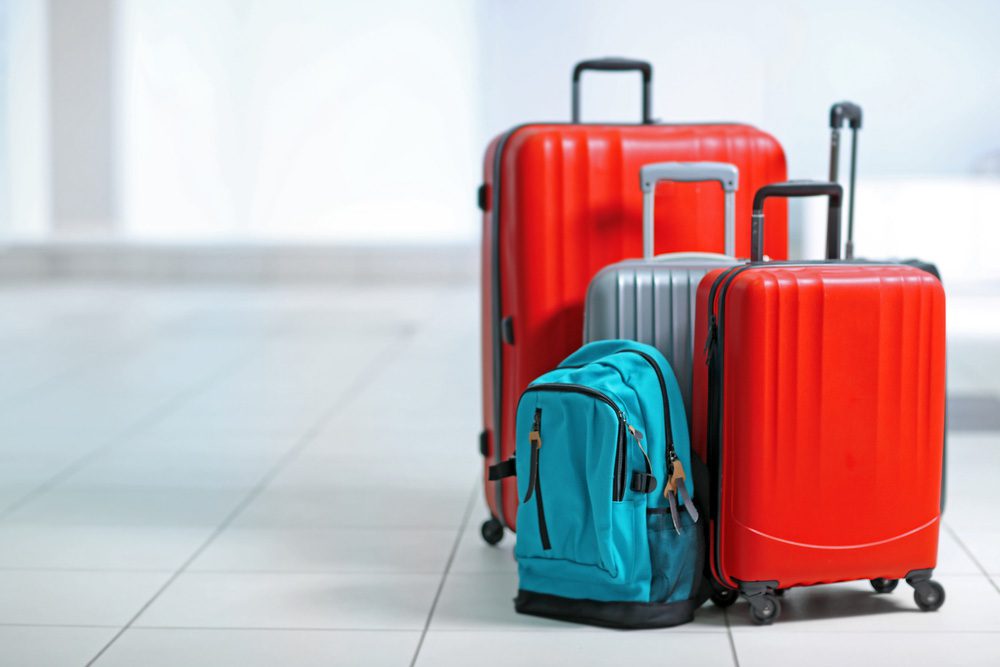 When it comes to checked luggage, it really depends on what works best for you and how you plan to carry your belongings when you get to your destination.
When it comes to checked luggage, it really depends on what works best for you and how you plan to carry your belongings when you get to your destination.
You should definitely invest in a pack of some type with plenty of bells and whistles if you plan on traveling throughout the world. But if you want to go on vacation to a fancy resort, all you need is a suitcase.
Bottom Line: The best kind of luggage is the one that fits your needs both when you’re flying and when you get to your destination. Don’t want something that doesn’t work for you; instead, buy what you need.
Wheels
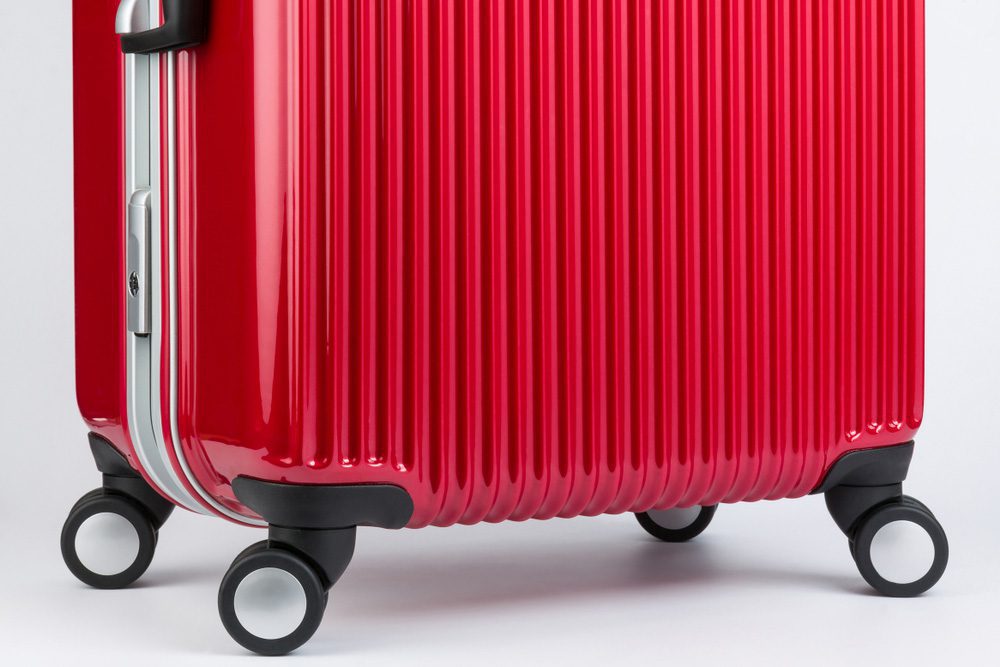 Two-wheeled suitcases are easy to pull behind you and can handle rougher terrain better. Four-wheeled suitcases, on the other hand, can roll along next to you and are much easier to handle in tight spaces like airplane aisles.
Two-wheeled suitcases are easy to pull behind you and can handle rougher terrain better. Four-wheeled suitcases, on the other hand, can roll along next to you and are much easier to handle in tight spaces like airplane aisles.
Price, usefulness, and personal preference are the most important things to think about when deciding whether to go with two or four wheels. A 4-wheel spinner case is easy to move through the airport, but it could get stuck on uneven sidewalks or paths.
A version with only two wheels can be pulled over any surface, but it can also be unstable and heavy. Try out a few suitcases before buying one.
Handles
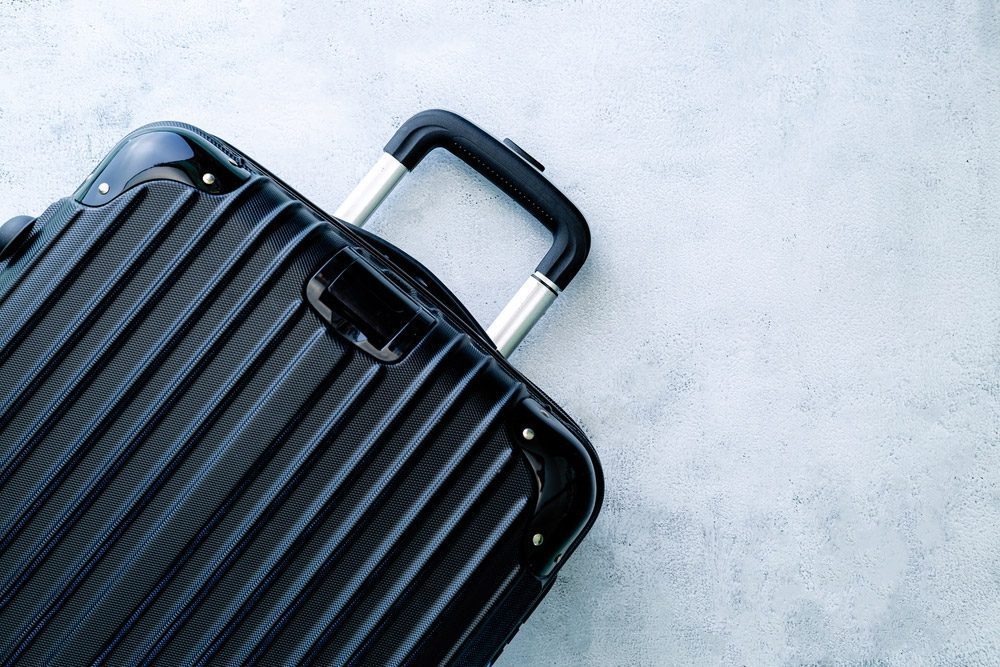 A medium-sized or larger suitcase must have a strong handle. No one wants to have to carry their suitcase around the airport, which is why it has wheels.
A medium-sized or larger suitcase must have a strong handle. No one wants to have to carry their suitcase around the airport, which is why it has wheels.
Full-size suitcases usually have telescoping handles that fit neatly inside the frame when not in use. If you buy a high-quality brand, it should also come with handles that are easy on your hands. This will keep your hands from getting sore as you pull the case from one country to another.
Hot Tip: Search for a suitcase handle with different height stops. So, everyone in your family, no matter how tall or short, can pull it with ease.
Zips and Locks (TSA)
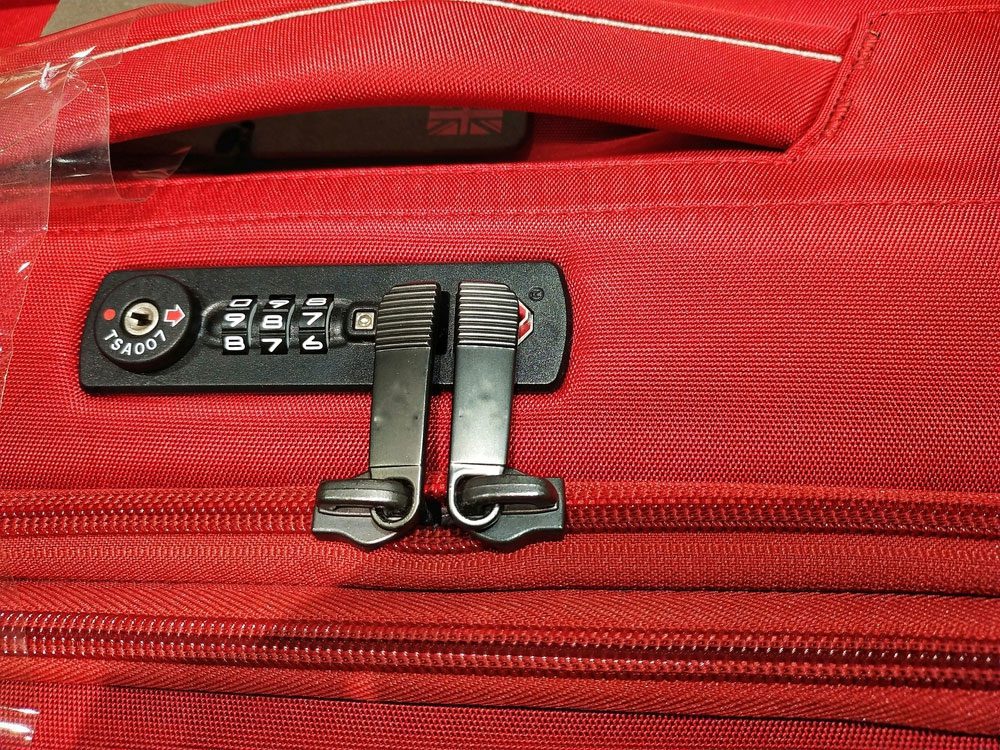 Every person traveling to or from the U.S. who locks their luggage must use a lock that is approved by the TSA.
Every person traveling to or from the U.S. who locks their luggage must use a lock that is approved by the TSA.
Before being put on the plane, every passenger’s bag is screened, and the TSA can choose to open a passenger’s bag for a closer look if it wants to.
When this happens, if the luggage has a lock that isn’t on the TSA’s list, they will break it to get inside. So, buy a TSA-approved lock or a bag with a zipper if you don’t want your bag to arrive half open and wrapped in that annoying TSA tape.
Hard or Soft Luggage
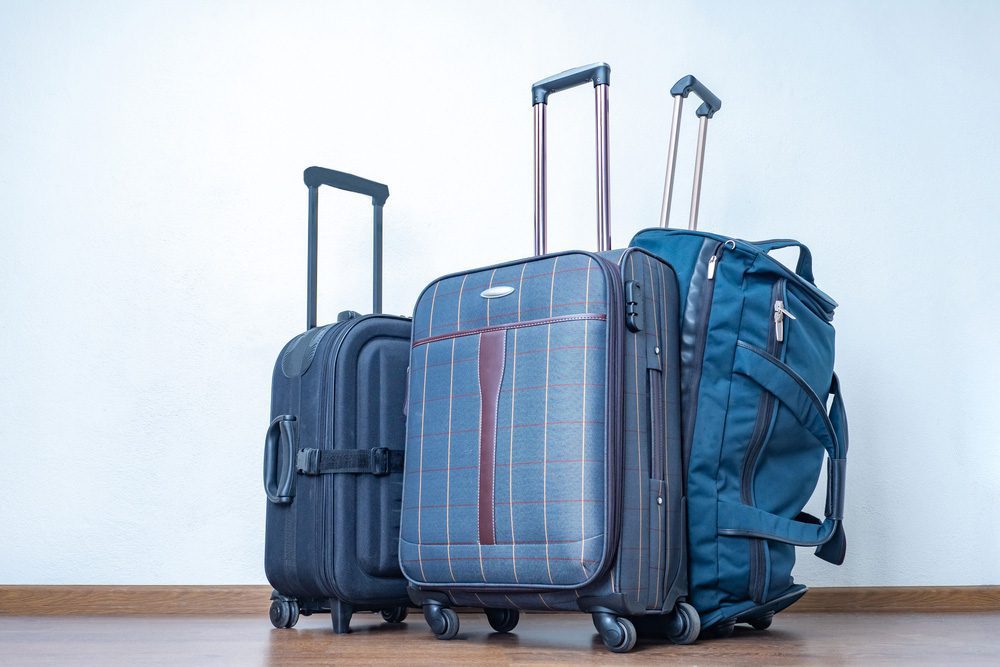 You’ll also have to decide whether to get a shiny new hard-shell case or a soft-shell case that looks sporty.
You’ll also have to decide whether to get a shiny new hard-shell case or a soft-shell case that looks sporty.
Hard cases can be very durable, with smooth curves and bright colors on the outside, but they have less space inside (and are more prone to wonky wheels and failing handles).
Soft cases aren’t always as nice to look at, and they don’t protect as well as hard cases do. But they usually have more space inside, useful pockets on the outside, and are much lighter and easier to move.
Any case’s quality and durability will depend on its brand and model, so remember the old saying “Buy cheap, buy twice” before you make a decision.
Material and Durability
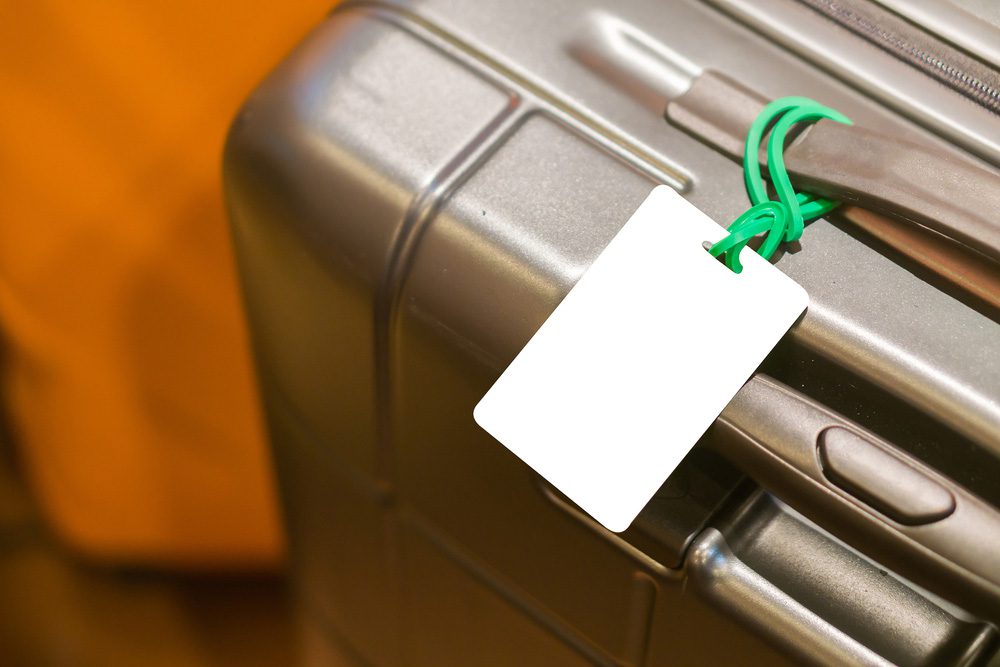 The materials used to build hard-shell suitcases are strong and will withstand the usual bumps and bangs experienced during flight travel. Most people use polycarbonate, aluminum, ABS, and polypropylene, which are all hard materials.
The materials used to build hard-shell suitcases are strong and will withstand the usual bumps and bangs experienced during flight travel. Most people use polycarbonate, aluminum, ABS, and polypropylene, which are all hard materials.
Don’t let the fabric scare you away from soft-shell cases. They aren’t made of fine silk, and they won’t fall apart when you touch them. Most of the time, these are made of super-strong synthetic materials like ballistic and Cordura nylon, or, if you want a cheaper option, polyester.
Hot Tip: Want help getting things in order? Check out our full packing list for travel and the best packing tips. Use packing cubes, a travel dopp kit, a toiletry bag, a jewelry case or organizer, a laundry bag, or a portable scale to pack smarter for your next trip.


